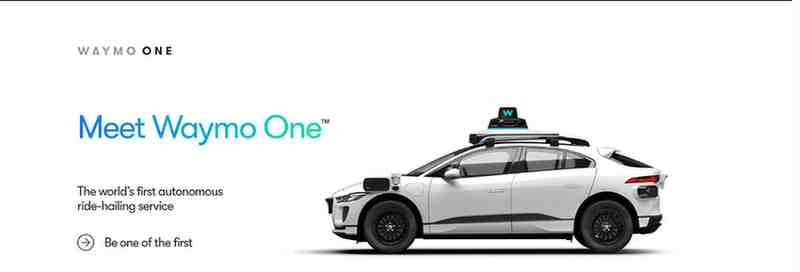Self-driving cars are no longer just a science fiction concept — they’re becoming a reality, and one company is leading this revolution: Waymo.But here’s a big question many investors are asking:
Can you invest in Waymo stock? If yes, how? And is it a good idea in 2025? And is the stock worth it?
Let’s break it all down.
What is Waymo?
Waymo is a self-driving technology company that started in 2009 as a project within Google. Today, it is a subsidiary of Alphabet Inc. (Google’s parent company) focused on developing autonomous driving systems for ride-hailing, trucking, and personal vehicles.
In simple terms, Waymo is trying to create driverless cars that are safer than human drivers. To do this, it uses cutting-edge AI, sensors, mapping, and simulation technology. This will make the car driverless in the future

Can You Buy Waymo Stock Directly?
No, you cannot buy Waymo stock directly right now.
Waymo is not a publicly traded company on its own. It is part of Alphabet Inc., which is traded under the tickers:
- GOOGL (Class A shares)
- GOOG (Class C shares)
So, if you want to invest in Waymo, the only way is to buy Alphabet stock.
By buying Alphabet shares, you’re indirectly investing in Waymo, along with other big Google businesses like Search, YouTube, Android, Google Cloud, and more.
Why is Waymo Trending in 2025?
Here are a few reasons Waymo is making headlines this year:
1. Expanding Robotaxi Services:
Waymo has rolled out fully driverless taxi services in cities like San Francisco, Phoenix, and Los Angeles. People are actually using Waymo cars—with no driver behind the wheel.
2. Major Partnerships:
In 2025, Waymo has partnered with automakers like Geely and Jaguar, and it’s testing autonomous trucks for logistics.
3. IPO Rumors:
There’s increasing talk that Alphabet might spin off Waymo in the future with an IPO. This has made investors more curious than ever.
4. AI Hype:
Since Waymo relies heavily on artificial intelligence, the ongoing AI boom in tech stocks is giving Waymo more attention.

Should You Invest in Alphabet (for Waymo)?
Here are some pros and cons to consider if you’re thinking of investing in Alphabet to gain exposure to Waymo:
✅ Pros:
- Diversified Tech Giant: You’re not just investing in Waymo stock, but also in Google Search, YouTube, Android, and more.
- Strong Financials: Alphabet has strong cash flow and profit margins, giving it room to invest in future tech like Waymo.
- First-Mover Advantage: Waymo is among the leaders in self-driving tech, with over 20 million miles driven on public roads.
❌ Cons:
- No Direct Waymo Profits: Waymo is still not profitable and is a small part of Alphabet’s revenue.
- Regulatory Hurdles: Autonomous driving faces legal, safety, and infrastructure challenges.
- Competition: Companies like Tesla, Cruise (GM), and Amazon’s Zoox are all in the race.
Alphabet (GOOGL) Stock Performance Snapshot – 2025
| Metric | Value (as of May 2025) |
| Current Price | ~$160 per share |
| Market Cap | Over $2 Trillion |
| P/E Ratio | Around 25x |
| Dividend | No dividend (growth stock) |
(Note: These are illustrative numbers. Always check real-time data before investing.)
Final Thoughts
Waymo is one of the most exciting future tech stories in Alphabet’s ecosystem. Although you can’t buy Waymo stock directly (yet), owning Alphabet stock is the best way to get a taste of this driverless tech revolution. That could send the stock’s price soaring in the near future.
However, investing in future technology is risky. Waymo’s full potential could take years to unlock — and there’s no guarantee it will dominate the market. But for long-term investors who believe in AI, robotics, and mobility, keeping an eye on it could be a smart move.And the company is quite old, so it can be trusted
Quick Tips Before You Invest:
- Research Alphabet’s overall business, not just Waymo.
- Consider dollar-cost averaging if buying Alphabet stock.
- Stay updated on IPO news or Waymo developments.
- Don’t put all your eggs in one (driverless) basket—diversify!


1 thought on “ Waymo Stock in 2025: How to Invest in Alphabet’s Self-Driving Future”